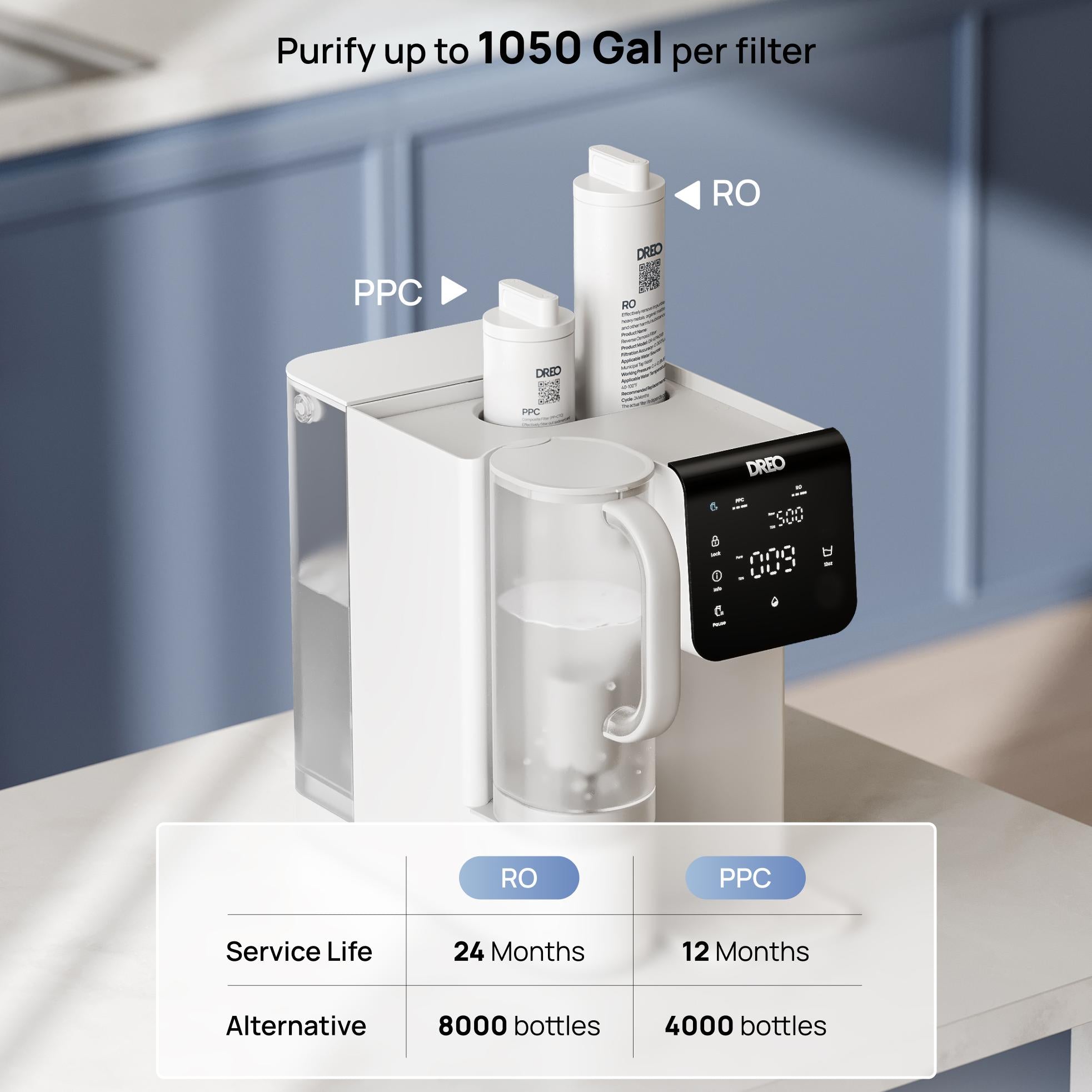A well-frothed cup of milk can transform any home coffee into a café-style experience. But when that anticipated creamy texture turns out thin or watery, it can feel like your coffee moment has fallen flat. Frothing milk is equal parts technique and science, and understanding what affects it is key to creating rich, reliable foam every time.
In this post, we'll explore some of the most common reasons your frothed milk may not be performing, and how the right
milk frother can help you fix it.
1. Milk Type Directly Affects Frothing Results
The first and most significant variable in milk frothing is the milk itself. The protein and fat content determine not only how much foam is produced, but how stable and creamy it feels.
Whole milk typically creates dense, velvety foam due to its balanced composition. Skim milk produces larger, airier bubbles but lacks body. Plant-based milks, such as almond, oat, or soy, can behave unpredictably, depending on their formulation.
That's why having an advanced frother that adapts to your milk choice is essential. The
DREO BaristaMaker Frother offers over 30 drink options, with six programs optimized for both dairy and non-dairy milks. It customizes temperature and frothing time for each type, whether you're crafting a traditional cappuccino or an oat milk latte. With three microfoams for latte art and two thick foam settings (hot/cold), it delivers the perfect texture and consistency, no matter your milk preference.
2. Inaccurate Temperature Disrupts Foam Formation
Milk needs to be heated to a specific range to froth properly—typically between 130°F and 150°F. Below this range, milk struggles to trap air effectively. Above it, proteins begin to break down, causing the foam to thin and separate.
The
BaristaMaker Frother Air addresses this challenge through a multi-stage heating and frothing system that maintains ideal temperatures automatically. With smart sensors and precise timing, it creates foam that's both smooth and stable, without risk of scalding or inconsistency. It's especially effective for delicate frothing of plant-based milks that are more sensitive to heat variation.
3. Frother Technology Determines Foam Quality
If you've been using a basic frother or manual whisk, it's worth considering the capabilities of more advanced equipment. Professional baristas rely on precision and technique to achieve that glossy, microfoam texture ideal for latte art. At home, that standard is now accessible through technology.
Powered by a high-performance impeller blade and a micro-level screen, the
DREO BaristaMaker Air Frother transforms milk into ultra-fine 0.5mm foam—50% finer than standard froth. Instead of floating loosely on top, the foam folds seamlessly into your drink, creating a texture that feels four times smoother and lasts up to 5 minutes. The result is more than just beautiful foam. It's flavor carried deeper, mouthfeel elevated, and every sip balanced to perfection.
4. Using the Wrong Tip or Setting
Some frothers come with multiple attachments or settings—each with a specific purpose. Choosing the wrong one may explain your lack of results. A disc tip designed for stirring won't provide much foam, while a frothing-specific attachment may produce excessive aeration if misused.
With the
BaristaMaker Frother Air, selecting the appropriate attachment is straightforward. The Impeller tip is intended for microfoam used in flat whites or lattes, while a separate Disc tip is designed for thick hot/cold foam or blending powder-based drinks like hot chocolate. Each mode is clearly labeled, making it easy to achieve the intended texture every time.
5. Incorrect Volume Interferes with Performance
Milk expands significantly during frothing. Overfilling your frother can restrict this process, while underfilling may prevent proper aeration. Both scenarios often lead to flat, watery results.
That's why capacity guidelines exist—and why they're important to follow. The BaristaMaker Frother's large 15oz jug features clear level indicators, allowing flexibility whether you're preparing a single cup or serving guests. With the right volume, your milk can properly stretch, swirl, and transform into rich, voluminous foam.
6. Cleaning Routines Affect Long-Term Performance
Milk contains proteins and fats that can cling to the walls and heating elements of your frother. Over time, this buildup can interfere with both heating efficiency and foam quality. Residue can also create uneven textures or cause milk to scorch during operation.
The
DREO BaristaMaker Frother comes with a stainless steel, non-stick interior that is dishwasher safe. This thoughtful design helps keep cleaning simple and quick, ensuring your frother performs consistently without added maintenance stress.
7. Interrupting the Cycle Too Soon
Patience matters. Frothing cycles are carefully timed for heating, aerating, and blending the milk to the right consistency. Stopping the cycle prematurely—perhaps out of habit or impatience—can lead to foam that lacks body and collapses quickly.
DREO's intelligent one-touch controls and intuitive LED displays ensure you know exactly when the process is complete. Just select your desired setting, let the frother run its full cycle, and enjoy results that look and taste professionally prepared.
Final Takeaway
Achieving perfect milk foam at home requires more than just enthusiasm—it takes the right combination of milk, temperature, equipment, and technique. But with thoughtful design and user-friendly features, modern appliances like the
DREO BaristaMaker Milk Frothers make it easier than ever to enjoy café-quality drinks in your own kitchen.
Whether you're making a quick cappuccino or preparing a round of lattes for guests, these devices help ensure every cup is smooth, rich, and never watery.





